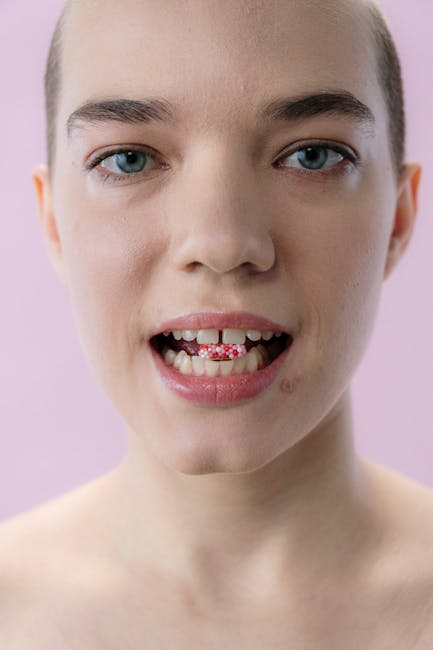Charcot-Marie-Tooth Disease: Understanding Symptoms, Diagnosis, and Treatment Options
Charcot-Marie-Tooth disease (CMT), also known as hereditary motor and sensory neuropathy (HMSN), is a group of inherited disorders that affect the peripheral nerves. These nerves are responsible for transmitting signals between the brain and spinal cord to the muscles and sensory organs throughout the body. CMT leads to progressive muscle weakness, atrophy, and sensory loss, primarily in the feet and legs, but can eventually affect the hands and arms as well. Understanding the various types, symptoms, diagnostic processes, and available treatment options is crucial for effective management and improving the quality of life for those affected.
Types of Charcot-Marie-Tooth Disease
CMT is a diverse group of disorders, categorized primarily by the type of nerve damage and genetic mutation involved. The most common types include:
- CMT1A: This is the most prevalent type, caused by duplication of the gene responsible for producing a protein called PMP22. This duplication leads to the production of excess PMP22, which disrupts the structure and function of the myelin sheath, the protective layer surrounding nerve fibers. This results in slowed nerve conduction.
- CMT1X: This type is linked to mutations in the gene encoding connexin 32, a protein crucial for forming gap junctions between Schwann cells (cells that produce myelin). Like CMT1A, it also affects the myelin sheath, leading to slowed nerve conduction.
- CMT2: This group encompasses several subtypes, characterized by axonal degeneration – damage to the nerve fibers themselves rather than the myelin sheath. This results in slowed or blocked nerve signal transmission.
- Dejerine-Sottas syndrome (DSS): A more severe form of CMT, characterized by earlier onset and more rapid progression of symptoms. It is also known as hereditary motor and sensory neuropathy type III (HMSN III).
The diversity in subtypes highlights the complexity of CMT, emphasizing the need for accurate genetic testing to determine the specific type and guide treatment strategies.
Symptoms of Charcot-Marie-Tooth Disease
The symptoms of CMT vary depending on the type and severity, but common manifestations include:
- Progressive muscle weakness and atrophy: This typically begins in the feet and legs, leading to foot drop (inability to lift the front of the foot), high-arched feet, and difficulty walking.
- Sensory loss: Numbness, tingling, and reduced sensitivity to temperature and touch are common, primarily in the extremities.
- Muscle cramps and spasms: These can occur in the legs and feet.
- Joint deformities: Hammertoes, claw toes, and scoliosis (curvature of the spine) can develop over time.
- Balance and coordination problems: This can lead to an increased risk of falls.
- Loss of reflexes: Deep tendon reflexes in the legs and feet may be diminished or absent.
The onset of symptoms typically occurs in childhood or adolescence, but it can vary significantly. The progression of the disease is also variable; some individuals experience a slow, gradual decline, while others may have a more rapid progression.

Diagnosis of Charcot-Marie-Tooth Disease
Diagnosing CMT involves a combination of techniques, including:

- Neurological examination: A physical examination to assess muscle strength, reflexes, and sensory function.
- Nerve conduction studies (NCS): These tests measure the speed at which electrical signals travel along the nerves. Slowed conduction speeds are a key indicator of CMT.
- Electromyography (EMG): This test assesses the electrical activity of muscles. It helps to identify muscle damage caused by nerve dysfunction.
- Genetic testing: This is crucial for confirming the diagnosis and identifying the specific type of CMT. It involves analyzing DNA to detect mutations in genes associated with the condition.
- Muscle biopsy: In some cases, a small sample of muscle tissue may be examined under a microscope to assess the extent of muscle damage.
Treatment Options for Charcot-Marie-Tooth Disease
Currently, there is no cure for CMT, but various treatments can help manage symptoms and improve the quality of life. These include:
- Physical therapy: This is often the cornerstone of CMT management. Exercises aimed at strengthening muscles, improving balance, and maintaining flexibility can help prevent further disability and improve mobility.
- Occupational therapy: This can help individuals adapt to the challenges of daily living, such as dressing, eating, and using assistive devices.
- Orthotics and assistive devices: Braces, splints, and other assistive devices can help support weakened muscles, improve gait, and prevent joint deformities.
- Surgery: In some cases, surgery may be necessary to correct severe joint deformities or to address other complications.
- Pain management: Over-the-counter pain relievers, prescription medications, and other pain management strategies may be necessary to address pain and muscle cramps.
- Genetic counseling: This is important for individuals and families affected by CMT to understand the inheritance pattern and the risk of passing the condition to future generations.
Living with Charcot-Marie-Tooth Disease
Living with CMT requires a proactive approach to managing symptoms and maintaining overall well-being. Regular exercise, a healthy diet, and stress management techniques are vital. Joining support groups and connecting with other individuals affected by CMT can provide valuable emotional support and practical advice. Research into new treatments and potential cures is ongoing, offering hope for future advancements.
This information is for general knowledge and does not constitute medical advice. It’s crucial to consult with a neurologist or other healthcare professional for diagnosis and personalized treatment planning for Charcot-Marie-Tooth Disease.


